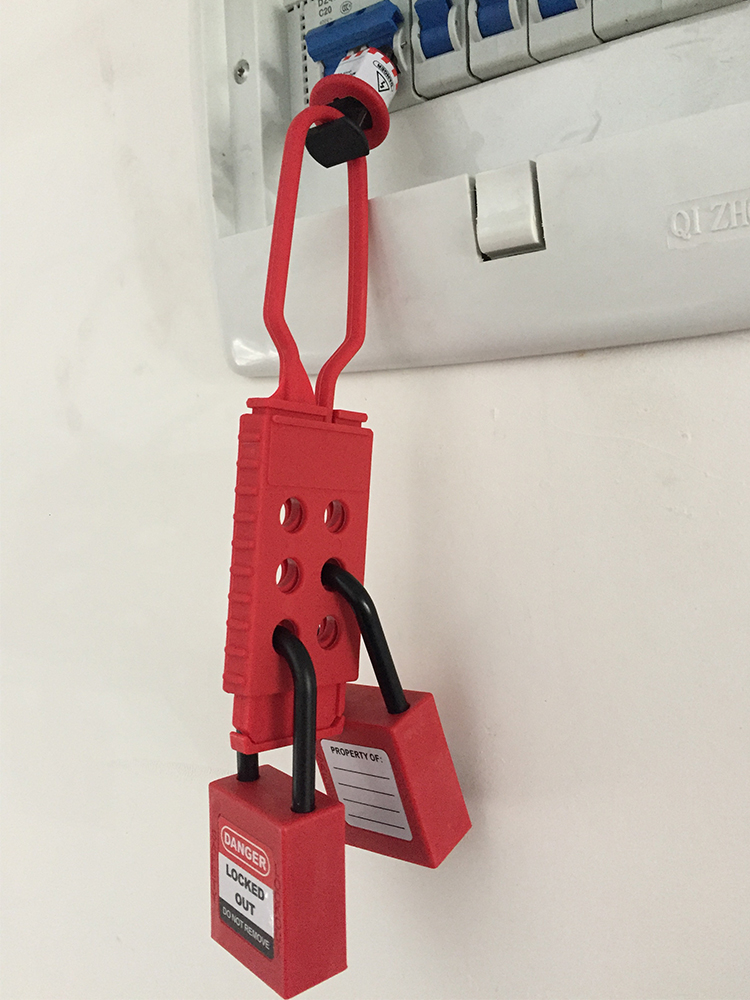Lockout/Tagout Standards
Because of their critical safety importance, the use of LOTO procedures is legally required in every jurisdiction that has an advanced occupational health and safety program.
In the United States, the general industry standard for the use of LOTO procedures is 29 CFR 1910.147 – Control of Hazardous Energy (lockout/tagout). However, OSHA also maintains other LOTO standards for situations that are not covered by 1910.147.
In addition to legally prescribing the use of LOTO procedures, OSHA also places heavy emphasis on the enforcement of those procedures. In the 2019–2020 fiscal year, LOTO-related fines were the sixth-most frequent fine issued by OSHA, and their presence in OSHA’s top-10 most-cited safety violations is an annual occurrence.
Lockout/Tagout Basics
LOTO procedures must adhere to the following basic rules:
Develop a single, standardized LOTO program that all employees are trained to follow.
Make use of locks to prevent access to (or activation of) energized equipment. The use of tags is only acceptable if the tagout procedures are strict enough that they provide equal protection to what a lockout would provide.
Ensure that new and modified equipment can be locked out.
Provide a means of tracking every instance of a lock/tag being applied to, or removed from, a device. This includes tracking who placed the lock/tag as well as who removed it.
Implement guidelines for who is allowed to place and remove locks/tags. In many cases, a lock/tag may only be removed by the person who applied it.
Inspect LOTO procedures annually in order to assure that they are performing acceptably.
Post time: Aug-13-2022







